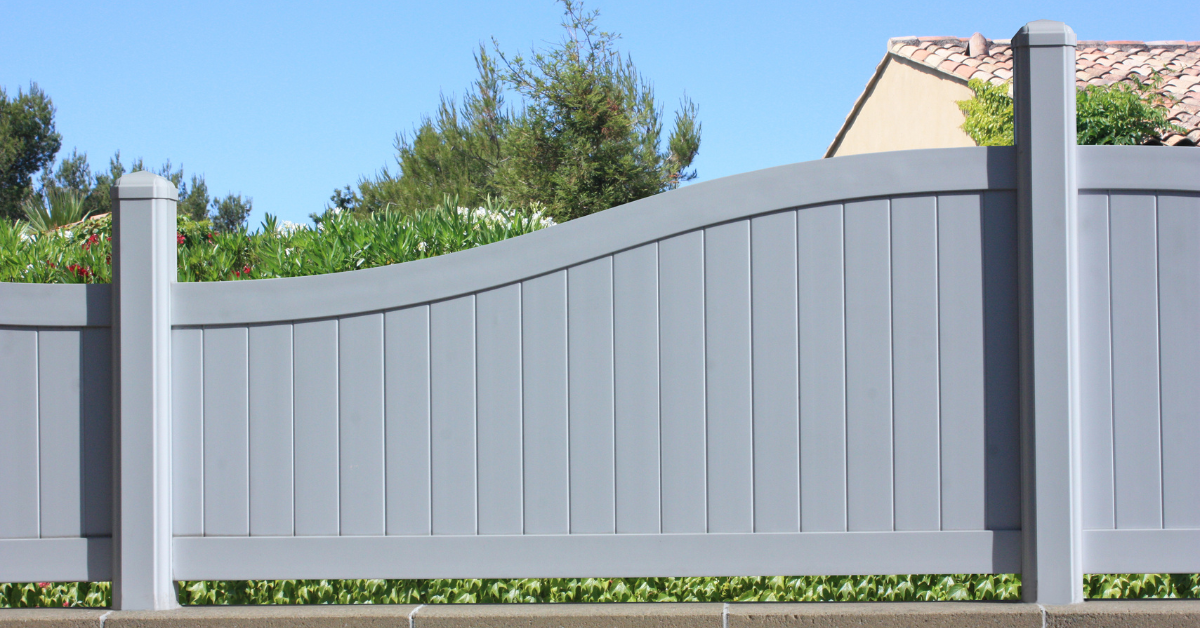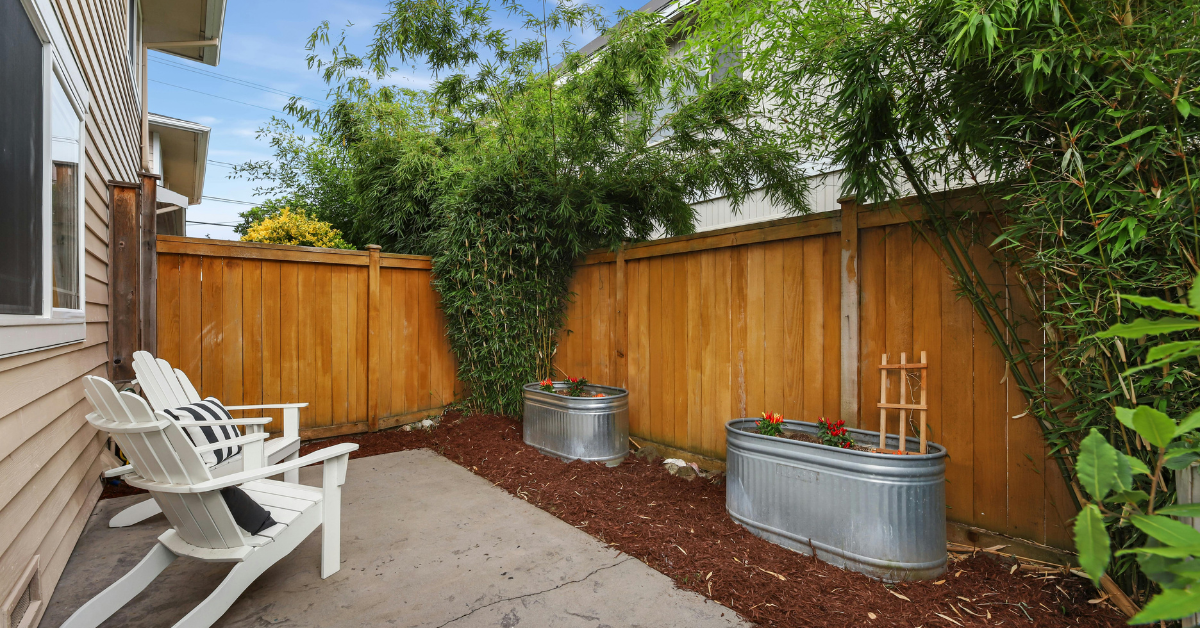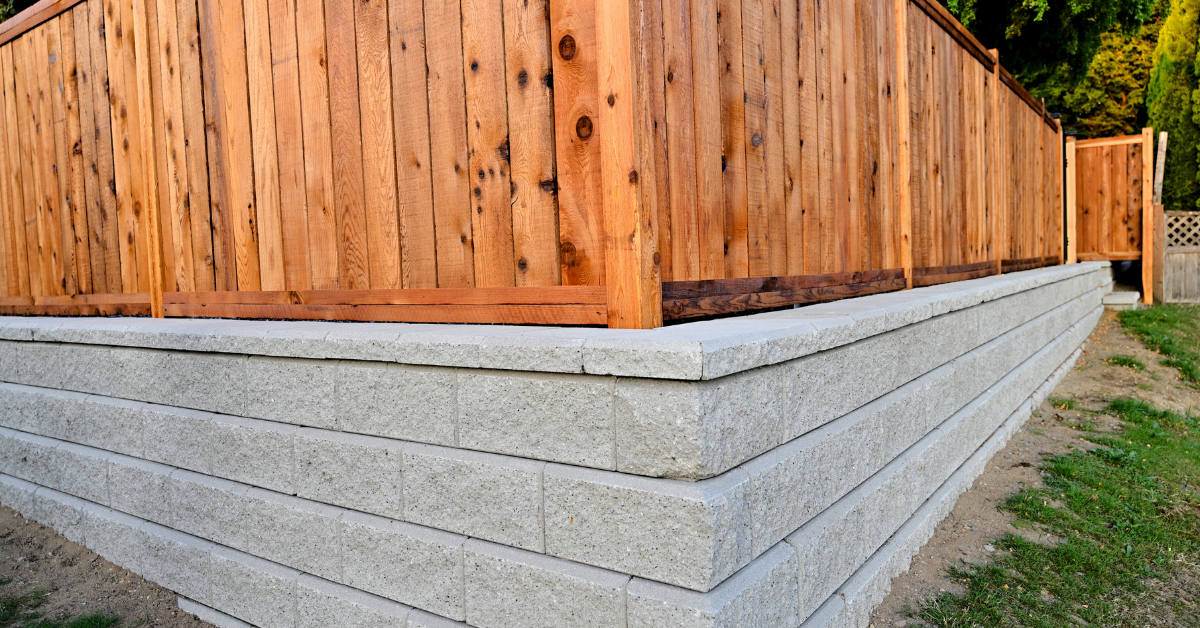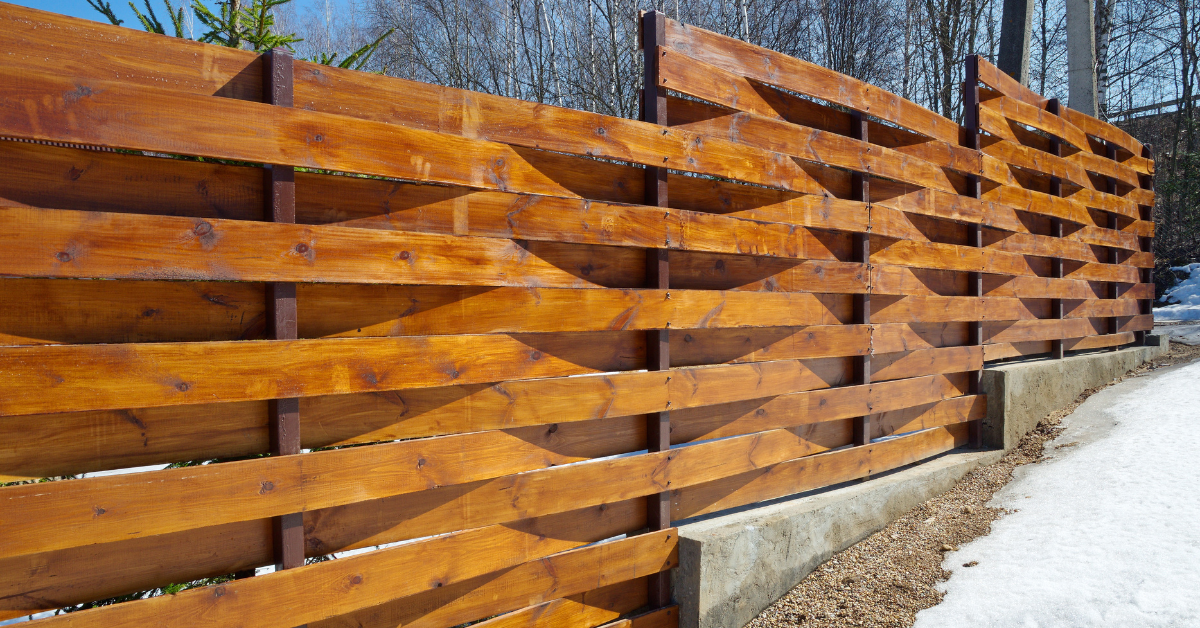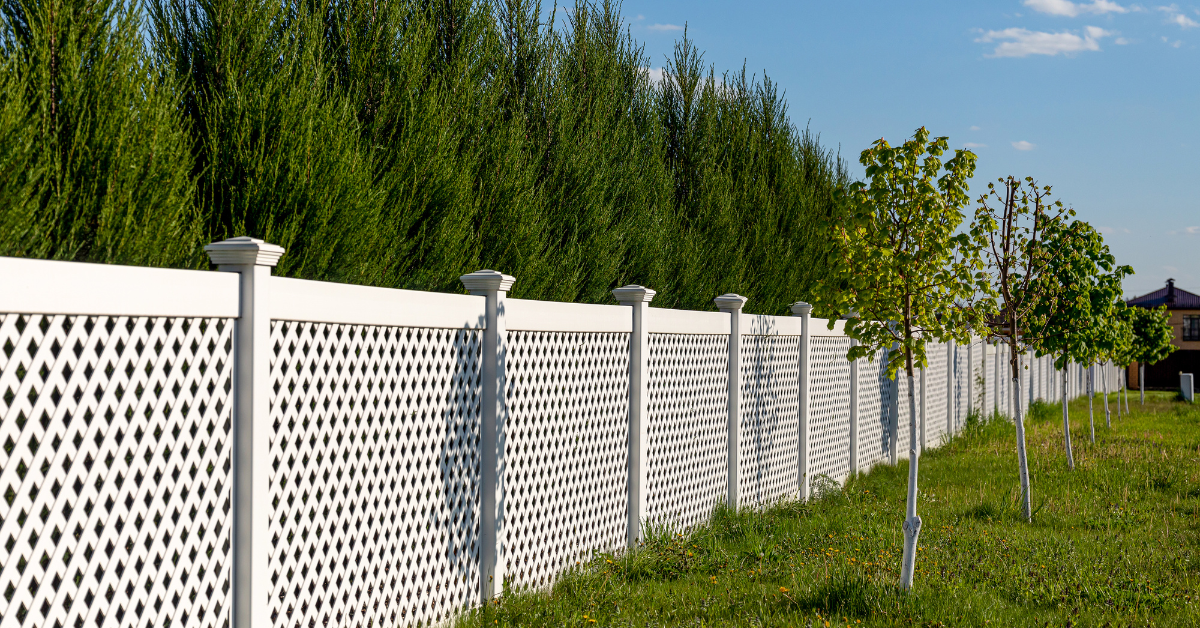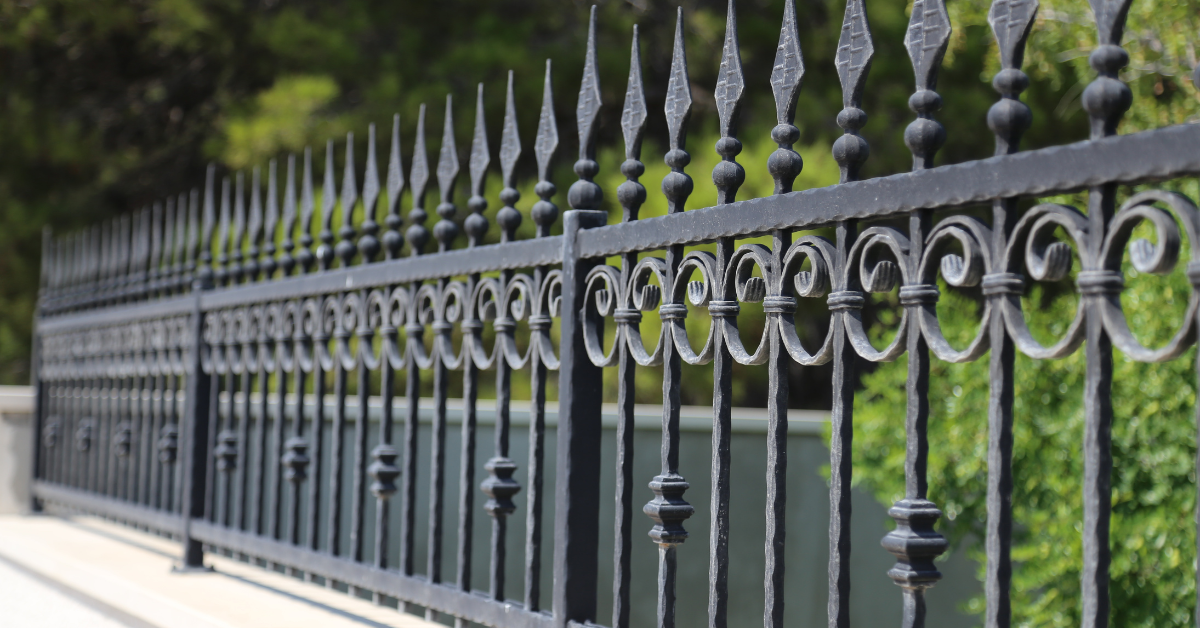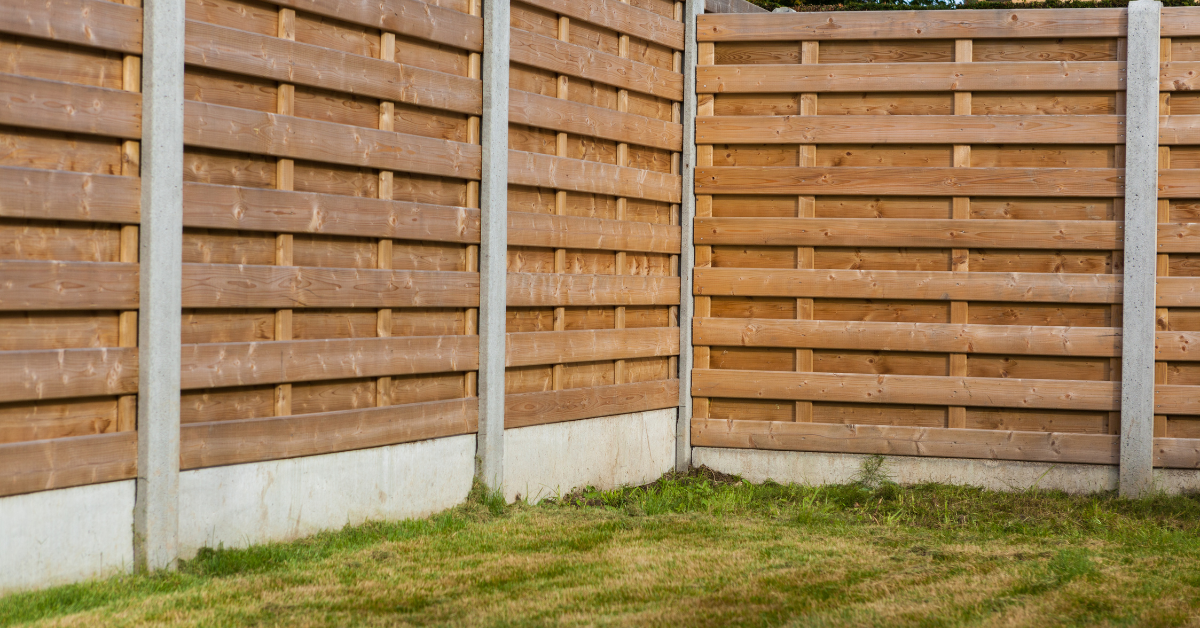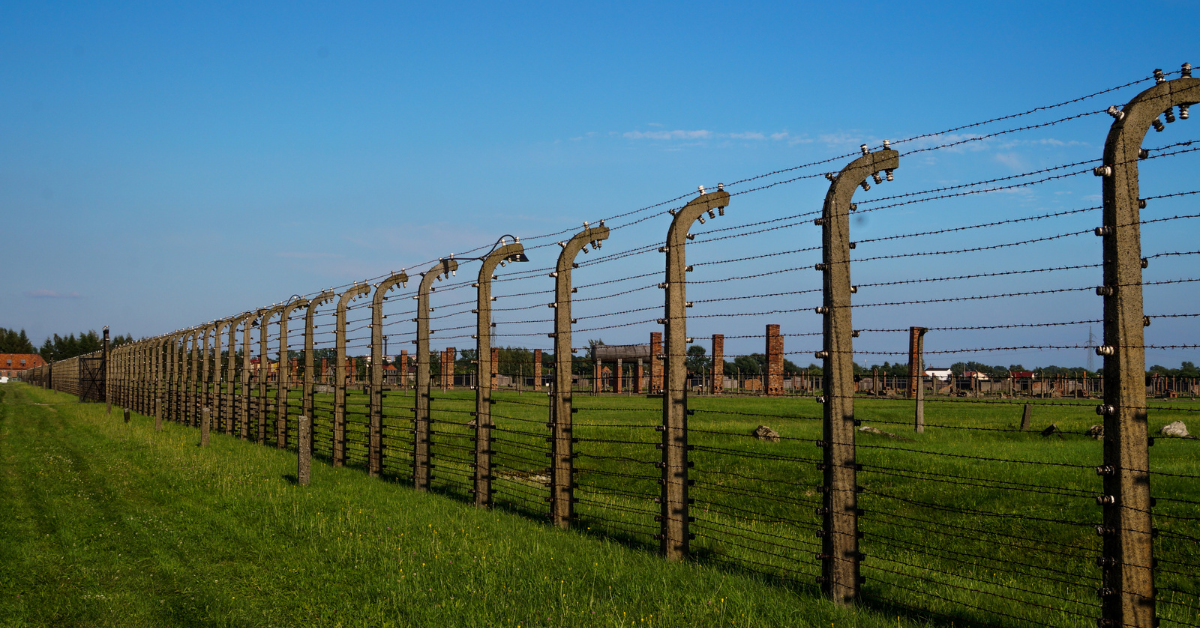Choosing The Right Materials For Your Fence Contractor Project
Creating content that truly connects with your audience is more important than ever. Commercial blog content isn’t just about promoting products or services—it’s about telling stories, offering value, and building trust with potential customers. A strong introduction sets the tone, grabs attention, and keeps readers engaged from the first sentence to the last call-to-action.
Whether you're targeting local businesses, national clients, or niche markets, commercial blog content should be clear, compelling, and crafted with purpose. In a crowded digital landscape, high-quality blog content can be the difference between being noticed and being ignored. Let’s dive into what makes commercial blog content stand out—and how to write it effectively.
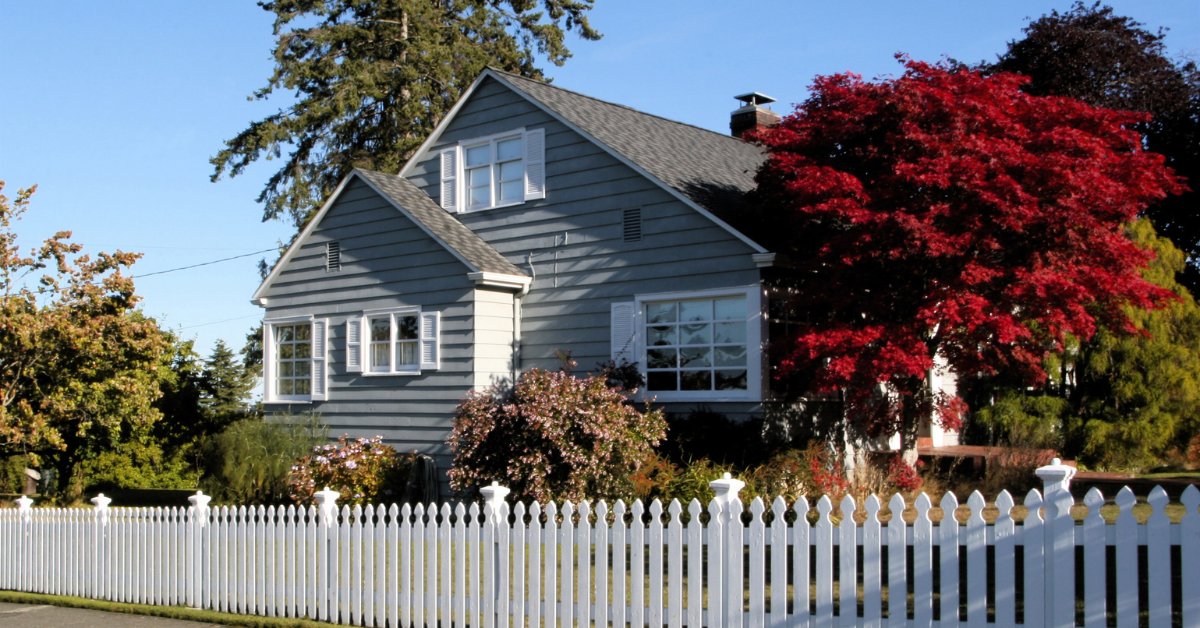
How Material Choices Impact Fence Durability and Maintenance
Choosing the right materials for your fence directly affects how long it will last and how much effort you'll need to maintain it. Wood fences, for instance, offer a classic appearance but require regular sealing or staining to prevent rot, warping, and insect damage. On the other hand, materials like vinyl and metal require far less upkeep but come with different aesthetic and performance trade-offs. Your long-term goals should guide your material choice—whether you want minimal maintenance or you're open to seasonal care for a specific look.
Durability isn’t just about surviving the elements; it’s also about withstanding everyday wear and tear. Pets, kids, and yard equipment can all test a fence’s strength over time. The material you choose should reflect not only the external weather conditions but also how the fence will be used.
Why Climate Should Influence Your Fence Material Selection
Your region’s climate plays a significant role in determining which fence material will hold up best. Areas with heavy rainfall and humidity may not be ideal for untreated wood, as it can swell, warp, or rot. In contrast, arid regions might cause wood to dry and crack unless properly sealed. Metal fences may rust in salty coastal areas, while vinyl might warp under prolonged, direct sunlight. Each climate introduces unique challenges, and your material choice should be adapted accordingly.
Before committing to a material, consider how it performs year-round in your area. Talking with a local fence contractor can give you insight into which materials hold up best in your region. Proper material selection not only extends the life of your fence but also ensures it continues looking great without constant upkeep.
Comparing Wood Vinyl and Metal Fencing for Contractor Projects
Wood, vinyl, and metal are among the most common materials used in fencing projects, and each comes with its own strengths and weaknesses. Wood offers a natural, warm appearance that many homeowners love, but it requires consistent maintenance to prevent rot and pest damage. Vinyl, while low maintenance and available in various styles, may not be as structurally strong as metal and can crack under extreme weather conditions. Metal fences, such as aluminum or steel, offer durability and security but might lack the privacy that solid panel wood or vinyl fences provide.
Choosing between these materials ultimately depends on your goals. Do you want the rustic charm of wood, the clean look of vinyl, or the strength and longevity of metal? Cost, maintenance, appearance, and security all play a role in deciding. A fence contractor can help you assess these factors in the context of your specific property and budget.
What to Consider When Choosing Eco Friendly Fence Materials
As sustainability becomes a higher priority for homeowners, eco-friendly fence materials are gaining popularity. Options like reclaimed wood, bamboo, and composite fencing made from recycled plastics and wood fibers offer greener alternatives to traditional materials. These choices help reduce environmental impact without sacrificing durability or visual appeal. Many are also low-maintenance and long-lasting, making them practical as well as planet-friendly.
However, not all "green" products are created equal. Some may be labeled eco-friendly but still contain chemical treatments or unsustainable components. It’s important to look into the sourcing, manufacturing process, and lifespan of the material you’re considering. Working with a knowledgeable fence contractor can help you evaluate your options, so you choose something truly sustainable that also fits your design goals and budget.
The Cost Versus Value of Different Fence Materials
When choosing fencing materials, it's tempting to base decisions on upfront cost alone—but long-term value is what truly matters. Cheaper materials might save you money at installation but could require frequent repairs or early replacement. For example, basic wood fencing may cost less initially but will need regular sealing and may deteriorate faster. In contrast, vinyl or metal fences might be pricier upfront but can last much longer with minimal maintenance.
Evaluating cost versus value means looking at durability, upkeep, and lifespan. You also need to factor in the material’s resistance to local weather, its maintenance needs, and how well it fits with your property’s design. A smart investment considers all these aspects, not just the price tag. Working with an experienced contractor can help you weigh these factors carefully and make a decision that saves you more money over time—while delivering the look and functionality you want.
How to Match Fence Materials With Your Property Style
The material you choose for your fence should complement your home’s architectural style and overall aesthetic. For instance, a traditional wooden picket fence pairs beautifully with colonial or cottage-style homes, while sleek metal or horizontal slat fences are more fitting for modern or contemporary designs. Vinyl fencing comes in a wide range of colors and styles, making it a versatile option for many properties.
Visual harmony between your fence and your home enhances curb appeal and increases property value. It’s not just about function—it’s about framing your property with a look that feels cohesive and intentional. Think about textures, colors, and lines that will enhance rather than clash with your home’s design.
Common Mistakes to Avoid When Selecting Fence Materials
One of the biggest mistakes people make when choosing fence materials is not considering the long-term maintenance involved. It’s easy to get drawn in by the appearance or affordability of certain materials, only to be surprised later by the upkeep they require. For example, wood fencing looks great initially but demands regular treatment to stay in good condition. Skipping this consideration can lead to early damage, costly repairs, or even full replacement.
Another common oversight is ignoring your local climate or property layout. Not all materials perform the same in every environment, and choosing the wrong one can shorten your fence’s lifespan dramatically. A professional contractor can help you avoid these missteps by offering expert guidance tailored to your property’s specific needs. By avoiding common pitfalls and planning ahead, you’ll end up with a fence that lasts longer and fits your expectations from the start.
What Professionals Recommend for Long Lasting Fence Projects
Contractors who specialize in fencing projects often lean toward materials that balance performance, aesthetics, and cost-effectiveness. Treated wood, powder-coated aluminum, and high-grade vinyl are among the most recommended materials for long-term durability. These options hold up well under various weather conditions and require less frequent maintenance than untreated or lower-quality materials.
Experts also emphasize the importance of proper installation and site preparation. Even the best materials can fail if they’re not installed correctly or if the foundation isn’t solid. Consulting with a trusted fence contractor ensures you’re not just choosing a durable material but also getting the workmanship that helps it last.
Conclusion
Choosing the right fence material is a decision that impacts not only your property’s appearance but also its long-term value and function. From wood and vinyl to metal and eco-friendly options, each material offers unique benefits and considerations. The key is to align your choice with your climate, maintenance preferences, budget, and design goals. When done right, your fence becomes a lasting investment in both security and curb appeal.
If you’re ready to start your fencing project and want expert advice on choosing the best materials, Solanos Fence is here to help. We bring years of hands-on experience, professional craftsmanship, and a personalized approach to every project. Contact us today at +1 (973) 220-7638 or stop by 1275 Bloomfield Ave Building 3 Suite 51, Fairfield, NJ 07004 to discuss your options. Let’s build something that lasts.
Ready to work with Solanos Fence?
Let's connect! We’re here to help.
Send us a message and we’ll be in touch.
Or give us a call today at 973-220-7638

